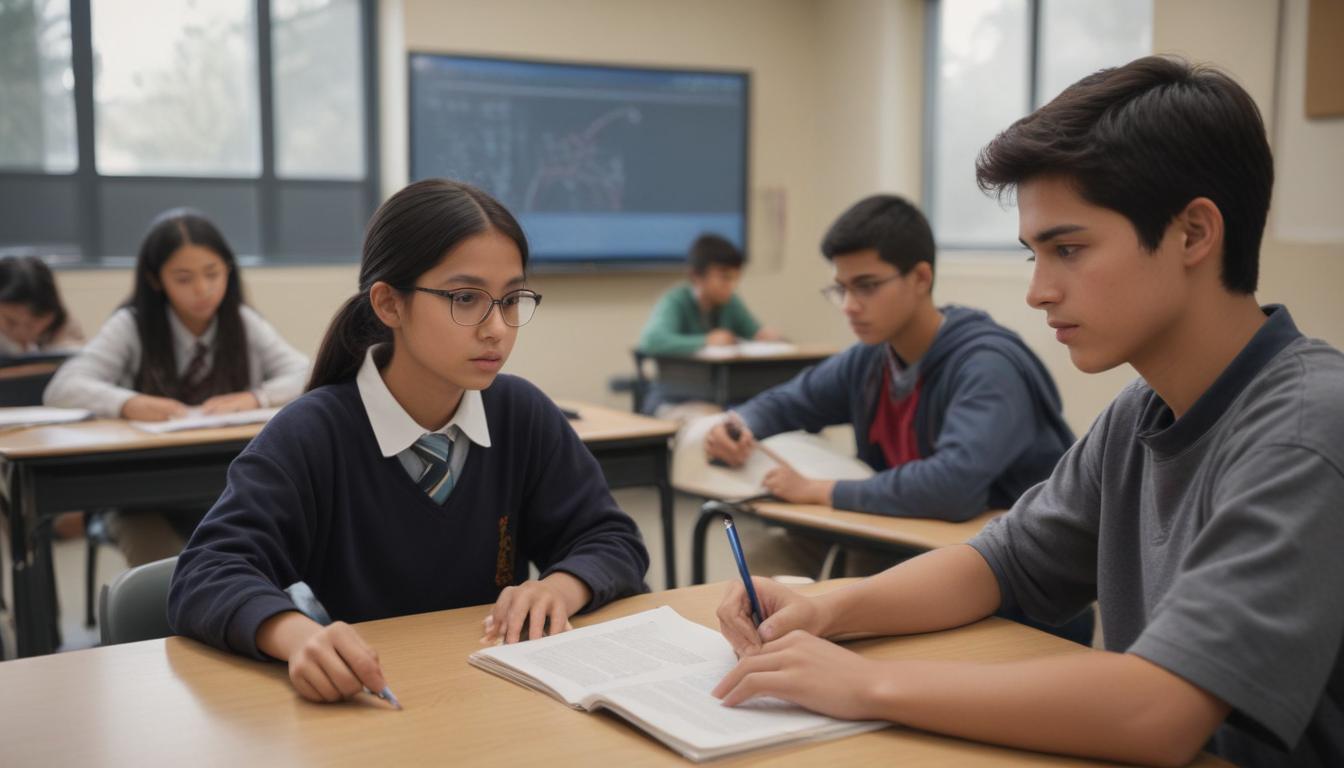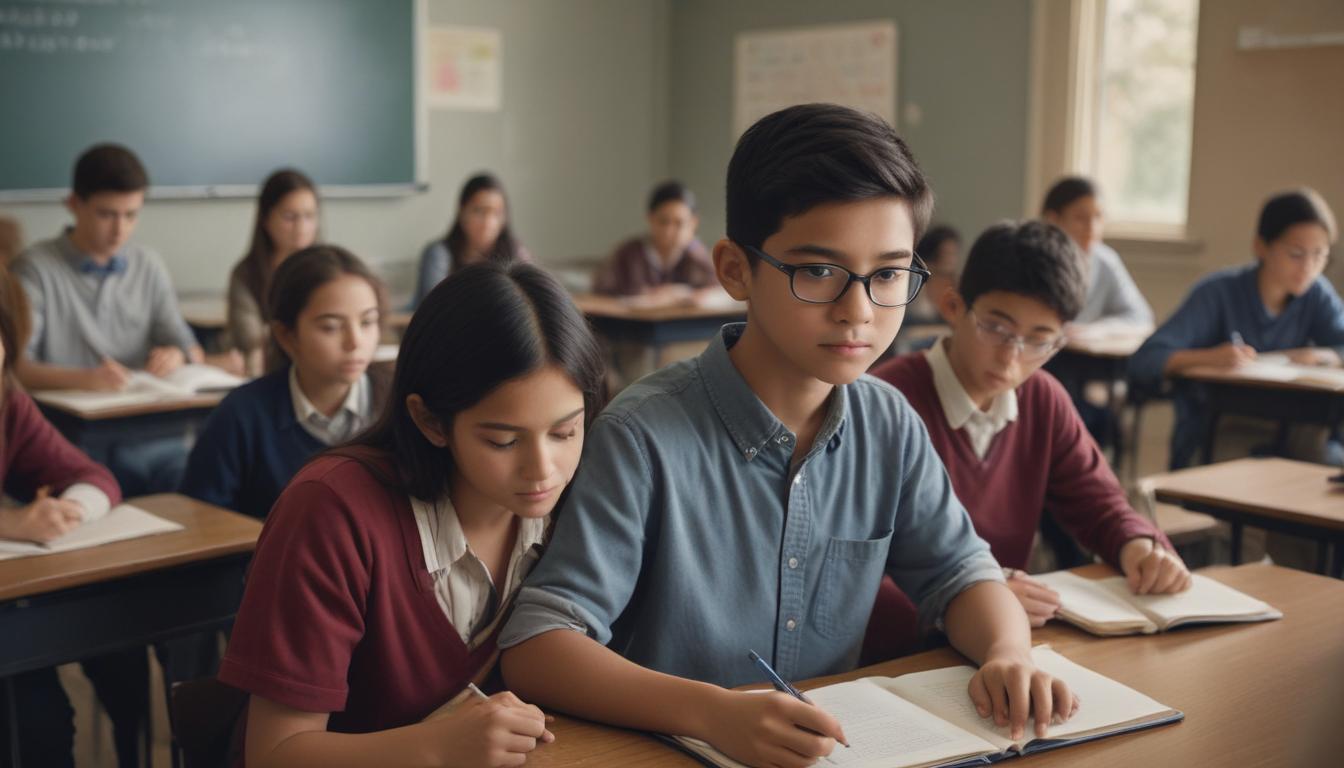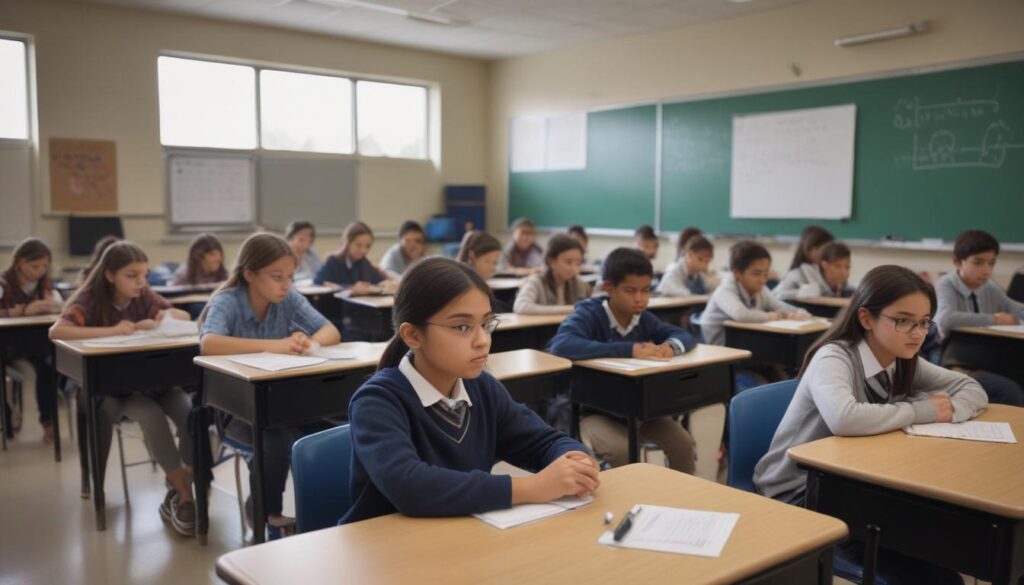Now Reading: Smarter Learning Through Technology
- 01
Smarter Learning Through Technology
Smarter Learning Through Technology

Technology and Education Enhancing Learning for the Modern Student
Do you ever worry that the traditional classroom model is failing to connect with today’s digitally native students? It’s a common concern for educators and parents alike. The struggle to keep students engaged with textbooks and lectures is real when a world of interactive information is just a click away. This gap between how students learn in school and how they live their lives can lead to disinterest, missed opportunities, and a feeling that education isn’t preparing them for the future.
The solution isn’t to fight against technology, but to embrace it as a powerful educational partner. When thoughtfully integrated, technology transforms the classroom from a place of passive listening into a dynamic ecosystem of active learning. It provides the tools to personalize instruction, captivate students’ attention, and equip them with the skills they need to thrive in a digital world. This isn’t about replacing great teachers; it’s about empowering them with a new set of tools to unlock every student’s potential.
The Shift from Traditional to Tech Infused Classrooms
For generations, the classroom was defined by its physical limitations a chalkboard, rows of desks, and a finite collection of textbooks. Learning was often a one way street, with the teacher delivering information for students to memorize and repeat. While this model served its purpose, it is fundamentally misaligned with the demands of the 21st century, which prizes skills like critical thinking, collaboration, creativity, and digital literacy over rote memorization.
The modern, tech infused classroom represents a profound philosophical shift. It acknowledges that learning is not a one size fits all process. Technology empowers educators to move from being the “sage on the stage” to the “guide on the side.” By automating administrative tasks and providing rich data on student performance, technology frees up teachers to focus on what truly matters mentoring, facilitating group projects, and providing targeted, one on one support to the students who need it most.

Key Ways Technology Transforms the Learning Experience
Personalized Learning Paths for Every Student
One of the most significant breakthroughs offered by educational technology is the ability to deliver truly personalized learning. In a traditional setting, a teacher must instruct to the “middle” of the class, which can leave struggling students feeling lost and advanced students feeling bored. Adaptive learning software and AI-powered platforms completely change this dynamic. These tools can assess a student’s understanding in real time and adjust the difficulty and type of content accordingly. A student excelling in algebra can be given more complex problems, while a classmate struggling with fractions can receive additional tutorials and practice exercises, all within the same classroom.
This tailored approach fosters a more positive and effective learning environment. It helps build confidence in students who need extra support by allowing them to master concepts at their own pace without the pressure of comparison. At the same time, it keeps high achievers engaged by continually challenging them and allowing them to explore subjects in greater depth. This level of differentiation was once a logistical impossibility for a single teacher managing a large class, but technology now makes it an accessible reality.
Boosting Engagement Through Interactive Tools
Today’s students are accustomed to interactive, visually stimulating content. Technology allows educators to meet them where they are. Instead of simply reading about historical events, students can take a 3D virtual tour of ancient Rome. Rather than just looking at diagrams of a cell, they can manipulate a virtual model in an interactive biology app. This hands on approach turns passive reception into active exploration, dramatically increasing engagement and knowledge retention.
Furthermore, the concept of gamification—applying game-like elements such as points, leaderboards, and badges to learning activities—has proven incredibly effective. Educational platforms like Kahoot! or Quizlet Live turn review sessions into exciting competitions, fostering a fun and collaborative atmosphere. When students are actively participating, problem solving, and even competing, they are more invested in the material. This makes learning feel less like a chore and more like an adventure.
Navigating the Challenges of Educational Technology
Of course, the integration of technology into education is not without its challenges. The most significant hurdle is the digital divide, which refers to the gap between students who have reliable access to devices and high speed internet at home and those who do not. This inequity can put already disadvantaged students at an even greater disadvantage if schools rely too heavily on tech-based homework without providing the necessary resources. It is crucial for educational institutions to address this by providing devices and ensuring equitable access for all.
Another challenge is ensuring that technology is used as a meaningful tool for learning rather than a simple distraction. The mere presence of a tablet or laptop does not guarantee educational enhancement. Effective implementation requires robust professional development for teachers, empowering them with the skills and strategies to integrate these tools into their curriculum thoughtfully. Furthermore, schools must be proactive in teaching digital citizenship, helping students understand how to use technology responsibly, ethically, and safely.
The Future is Now Preparing Students for Tomorrow
The thoughtful integration of technology into education is no longer a futuristic ideal; it is a present day imperative. The goal is not simply to digitize old methods but to fundamentally redesign the learning experience to be more relevant, equitable, and engaging. By leveraging these powerful tools, we can move beyond the constraints of the traditional classroom and create a learning environment that adapts to the individual, sparks curiosity, and connects students to a world of knowledge.
Ultimately, embracing educational technology is about preparing students for the world they will inherit—a world that is increasingly interconnected, digital, and dynamic. It is about equipping them with the skills to think critically, collaborate effectively, and adapt to constant change. By harnessing the power of technology, we are not just enhancing the way we teach and learn; we are opening doors of opportunity and unlocking the full potential of the next generation.



































